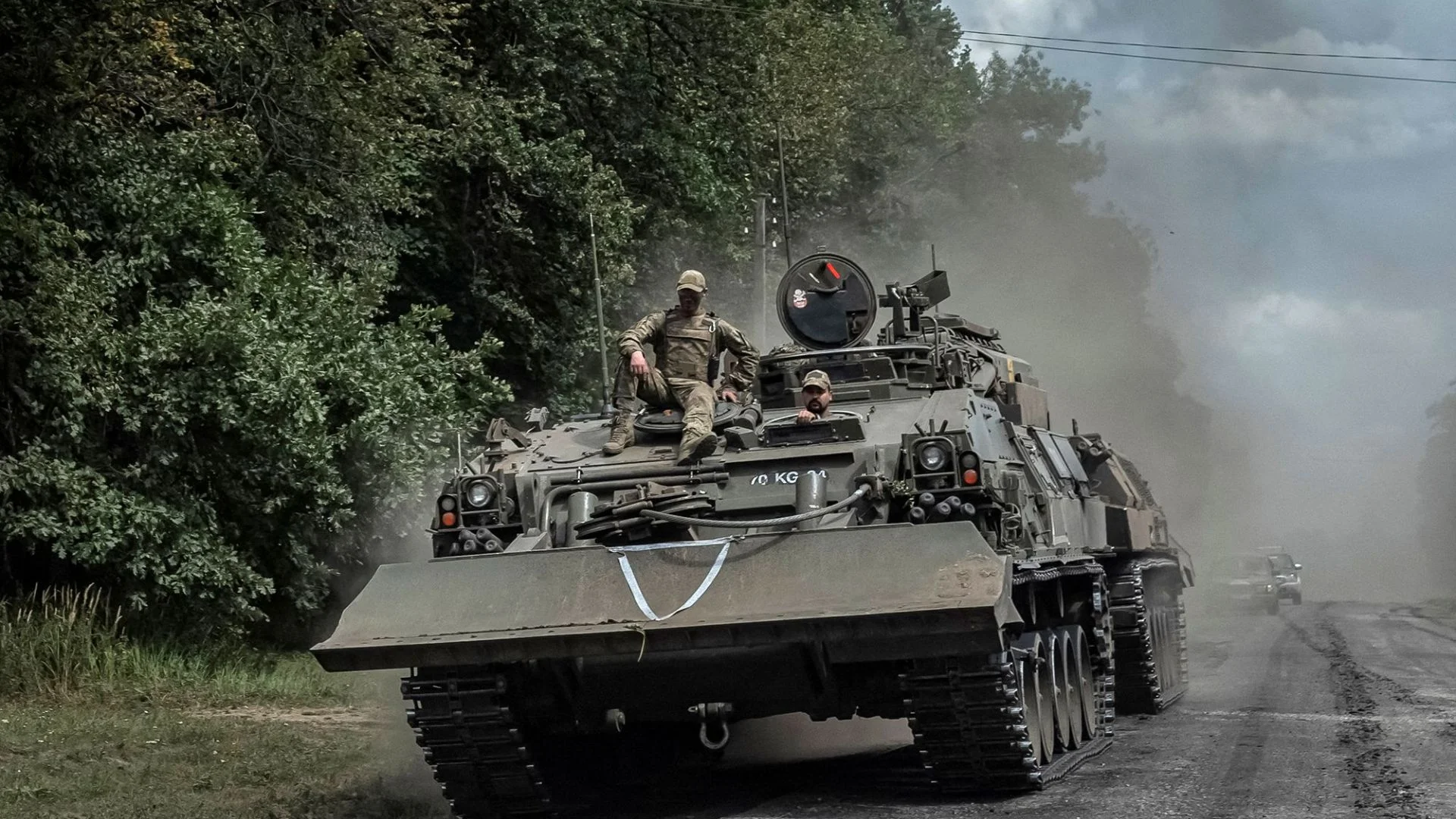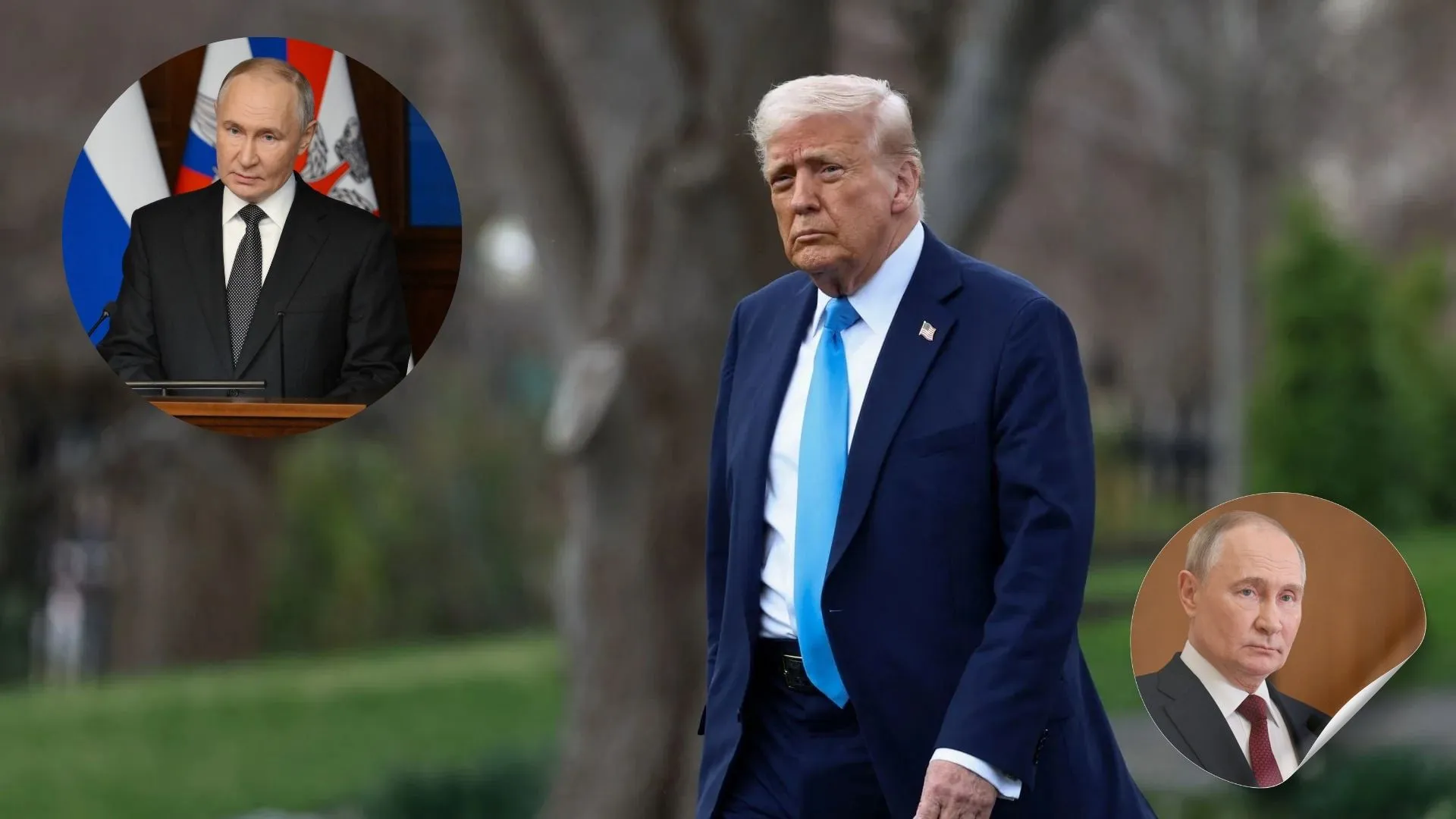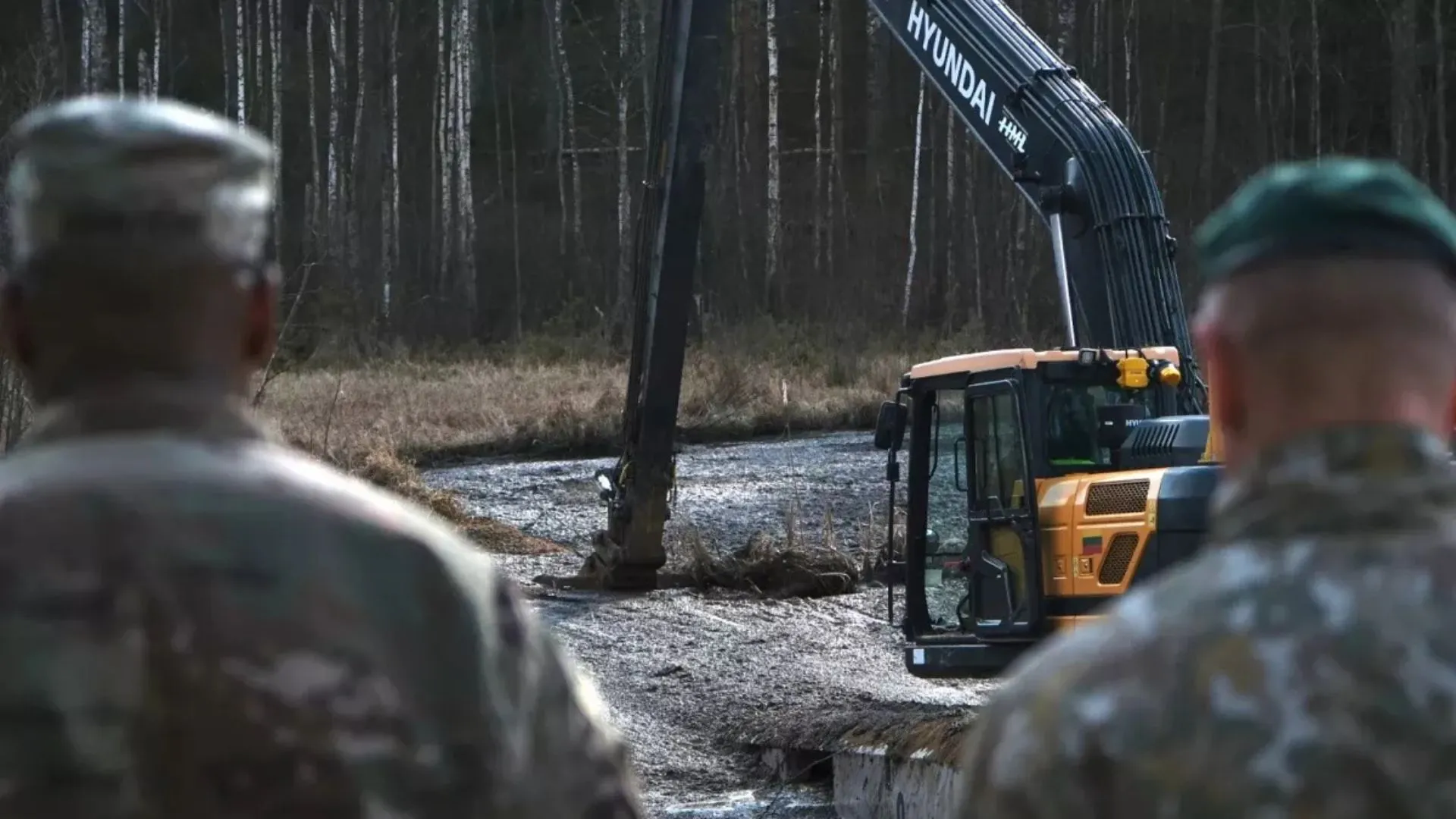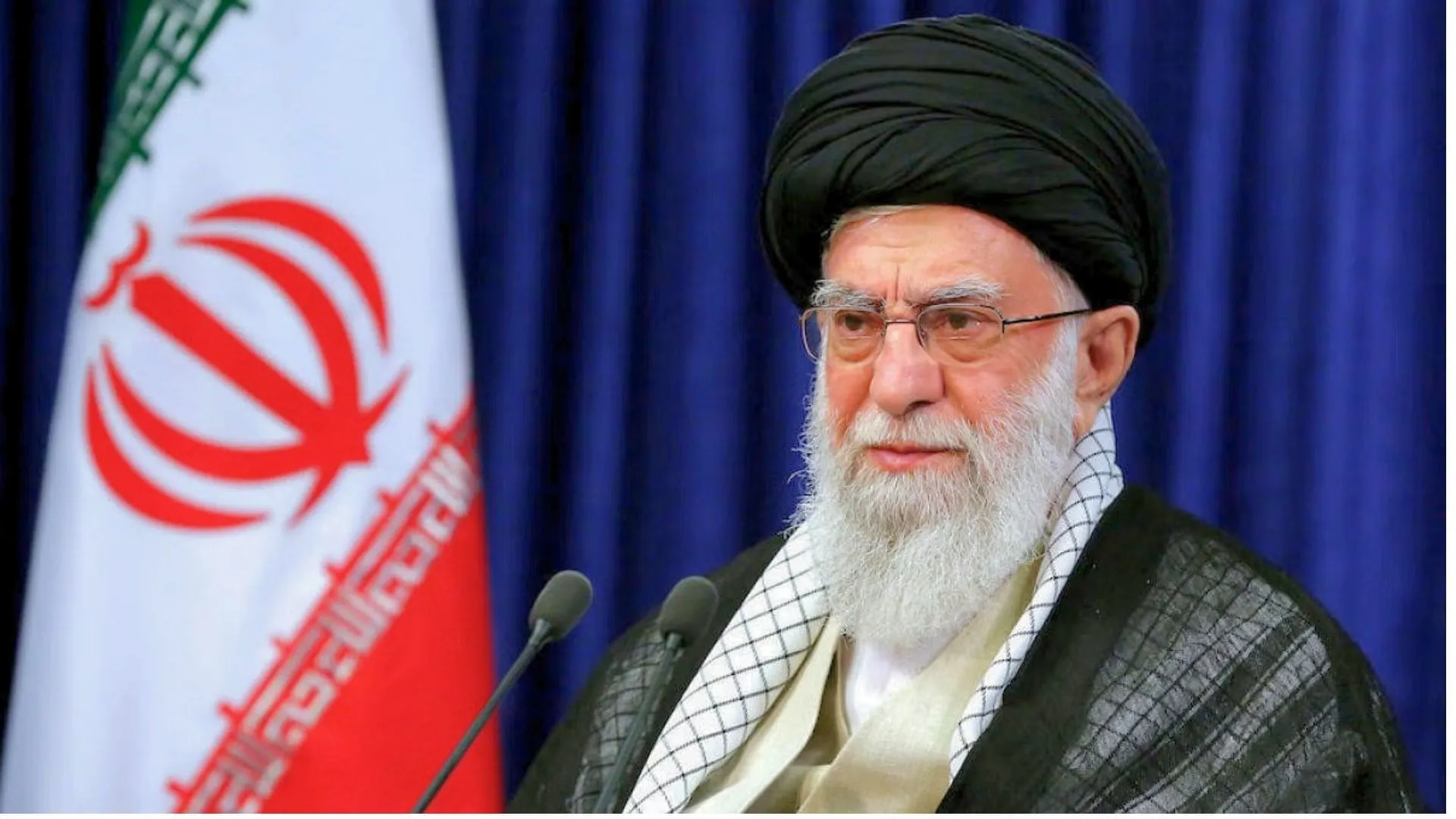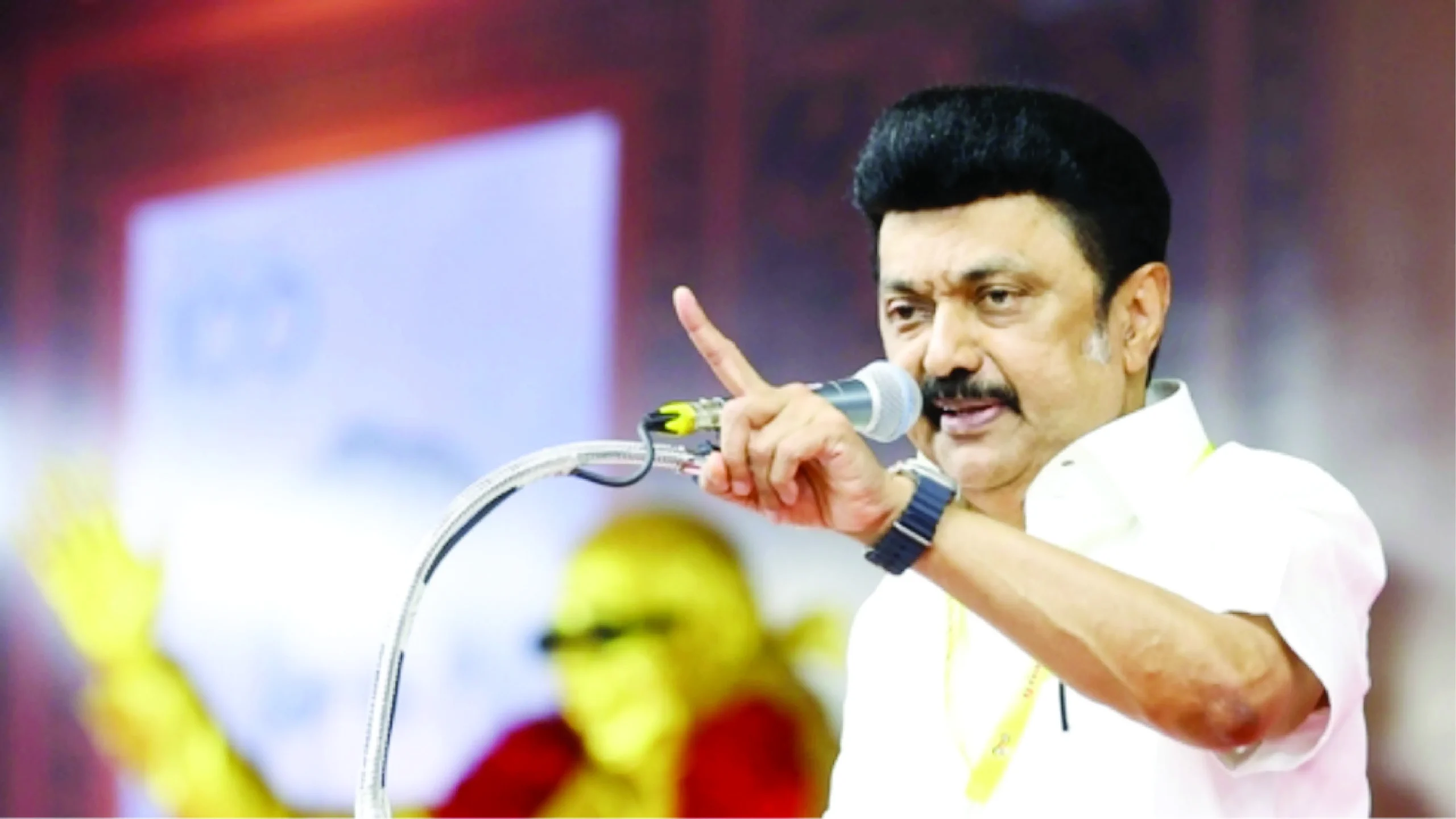40% of Russia’s Kursk region territory has been lost by Ukraine that it had captured in August during the surprise incursion as Russian forces has intensified counterattacks according to a senior Ukrainian military official.
At the peak of Ukraine’s advance, its forces controlled around 1,376 square kilometers (531 square miles) in the region. However, sustained Russian counter-assaults have reduced Ukraine’s control to approximately 800 square kilometers (309 square miles). “The enemy is increasing its counterattacks,” said the Ukrainian General Staff source, emphasizing that the territory would be held only as long as it remains militarily viable.
Russia has reportedly deployed 59,000 troops to the Kursk region since Ukraine’s swift incursion caught Moscow off guard nearly three years into its full-scale invasion of Ukraine. The operation was intended to divert Russian resources from the eastern front and strengthen Ukraine’s position in potential peace negotiations. Despite this, Russian forces continue to advance in the eastern Donetsk region.
President Volodymyr Zelenskyy warned that Russian President Vladimir Putin is focused on expelling Ukrainian forces from the Kursk region and consolidating control over the Donbas, which includes the Donetsk and Luhansk regions. Zelenskyy suggested that Putin aims to achieve these objectives before January 20, 2025, coinciding with the inauguration of Donald Trump as US president.
The Ukrainian General Staff also claimed that approximately 11,000 North Korean troops have been deployed in support of Russia, although the majority remain in training. Moscow has neither confirmed nor denied their presence.
In eastern Ukraine, the Kurakhove region has become a critical flashpoint, with Russian forces advancing 200–300 meters daily and breaking through in some areas. Kurakhove serves as a gateway to the strategic logistical hub of Pokrovsk in Donetsk.
Ukraine continues to target Russian supply lines, weapon depots, and airfields using US-supplied ATACMS and British Storm Shadow missiles. In response, Russia launched a medium-range ballistic missile at the Ukrainian city of Dnipro last week, signaling a potential escalation against NATO.
Meanwhile, Ukraine is negotiating with the US and Britain for advanced air defense systems to counter the growing threat of longer-range Russian attacks, with plans to bolster defenses in Kyiv, Sumy, and Kharkiv.

